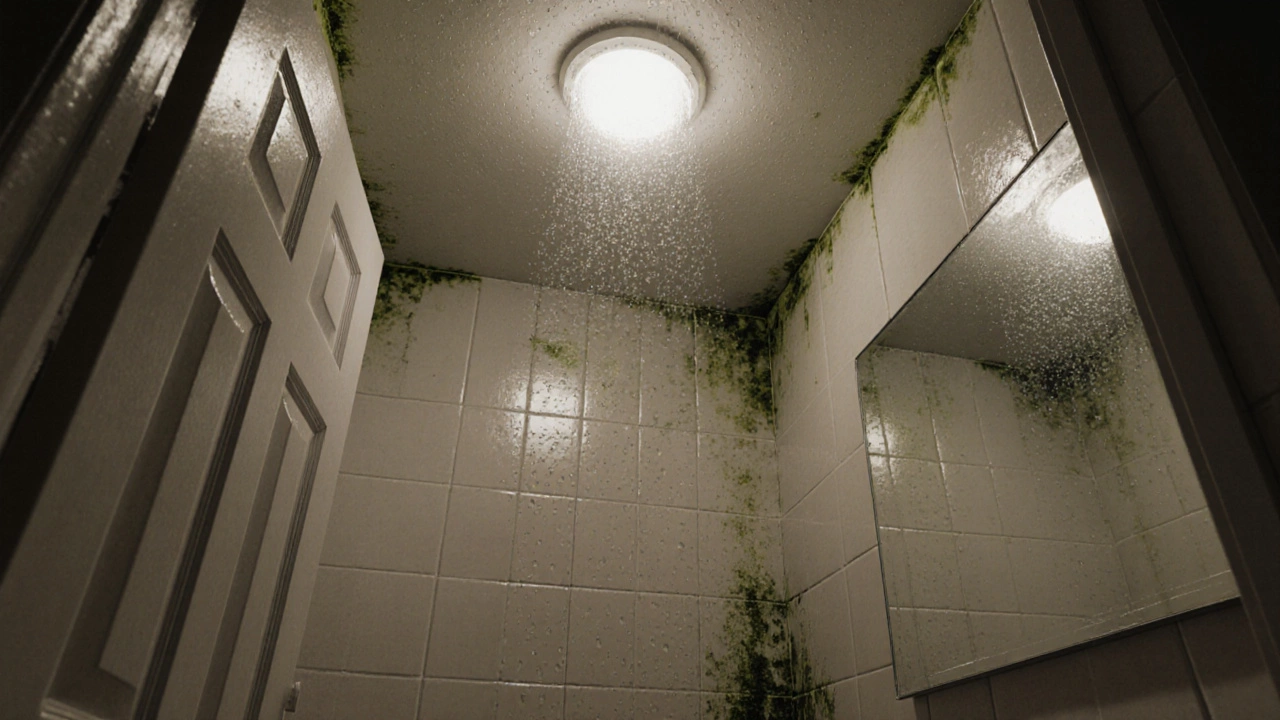When thinking about Indoor Air Quality, the measure of how clean, fresh, and safe the air inside your home feels. Also known as IAQ, it plays a key role in comfort and health. Good IAQ means fewer allergies, less fatigue, and a lower risk of respiratory problems. It isn’t just about opening a window once in a while; it’s a system that involves airflow, moisture control, and the devices you already own.
The heart of that system is proper ventilation. A Ventilation Fan, a device that moves stale indoor air out and brings fresh outdoor air in creates a constant exchange that dilutes pollutants. Indoor air quality therefore requires a well‑placed ventilation fan in each high‑moisture area – kitchens, bathrooms, and laundry rooms. When a fan works efficiently, it pulls out cooking fumes, steam, and odors before they settle on surfaces. The same principle applies to an Extractor Fan, a type of ventilation fan focused on removing moist or polluted air from specific rooms. An extractor fan is the specialist that handles short bursts of heavy moisture, like after a shower or while boiling pasta.
Indoor air quality encompasses the performance of ventilation fans, the condition of ducts, and the presence of indoor pollutants. It also intersects with the operation of Gas Appliances, home devices like ovens and heaters that burn gas to produce heat. When a gas stove or heater is poorly maintained, it can leak carbon monoxide or nitrogen dioxide – both invisible killers that degrade IAQ quickly. The more you control these sources, the easier it is for fans to keep the air fresh.
Another semantic link: indoor air quality requires regular maintenance of fans and appliances. A blocked vent or a broken fan motor will stall the airflow, letting dust, mold spores, and VOCs (volatile organic compounds) accumulate. This is why many homeowners set a monthly checklist: clean fan blades, verify that filter screens aren’t clogged, and test gas appliances for proper combustion. By staying on top of these tasks, you create a healthier breathing environment without spending a lot on professional services.
Most people assume that a single fan can solve everything, but IAQ is a network of actions. It includes using kitchen exhaust while cooking, running an extractor fan during showers, and ensuring that gas appliances are inspected at least once a year. It also means watching for signs of trouble: a persistent musty smell, excess condensation on windows, or sudden headaches after using the oven. Those clues often point to a ventilation issue or an appliance that needs attention.
Below you’ll find a collection of guides that dive deeper into each piece of the puzzle – from spotting a failing freezer that can leak warm air into your kitchen, to troubleshooting a hot water heater that might be adding unnecessary humidity, and even understanding how often you should have your gas appliances inspected. Armed with these resources, you’ll be able to assess, fix, and improve the air you breathe every day. Let’s get started with the practical tips and step‑by‑step fixes that will boost your indoor air quality right away.
Posted by
Orin Trask
0 Comments

Skipping an extractor fan leads to moisture, mold, poor air quality, and higher energy bills. Learn the risks, signs, and how to choose and maintain the right fan for a healthier home.
read more